The arctic highlights
44 highlights found
Highlights
Region
Destination
-
Show more
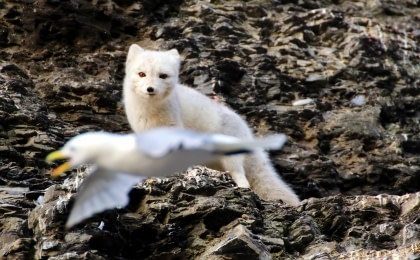
Arctic Fox
Wildlife
Small but sturdy, these members of the canidae family can withstand some of Earth's coldest temperatures
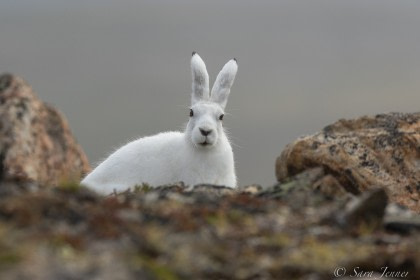
Arctic Hare
Wildlife
They can run like the wind, see everything around them without turning their heads, and sometimes eat animals instead of leaves – all while looking this cute
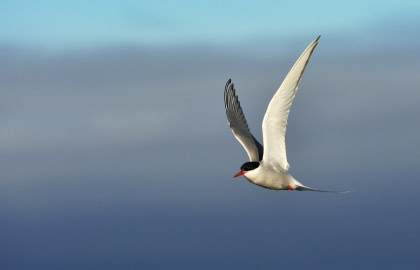
Arctic Tern
Wildlife
Among the most nomadic birds on the planet, these sun-loving tourists summer twice a year during their ambitious routes
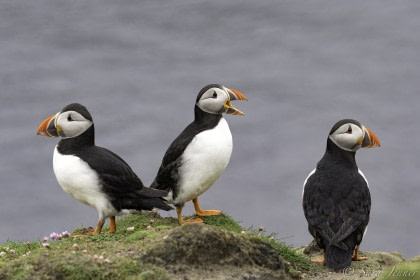
Atlantic puffin
Wildlife
These horn-beaked auklets have nicknames both jocular and solemn: "sea clowns" for their facial hues, "little brothers of the north" for the monk-like tones of their plumage
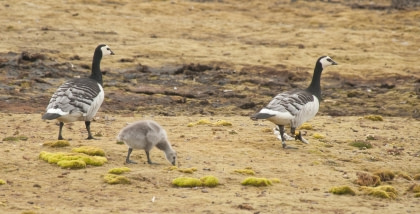
Barnacle Goose
Wildlife
Vanishing from Western Europe in the summer, these long-necked locals earned the medieval reputation for being borne of barnacles
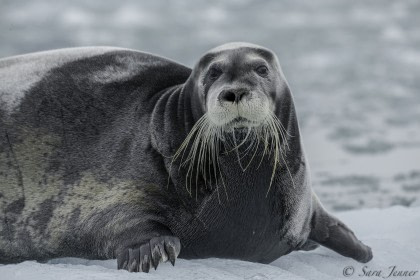
Bearded Seal
Wildlife
The largest of their kind to take up in the Arctic, these loud-singing sopranos sport whiskers so long they were named after them
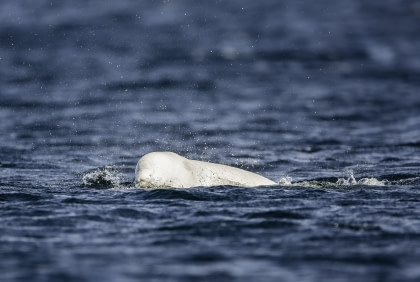
Beluga Whale
Wildlife
The good-natured grin of these dolphin relatives is matched only by their high-frequency sounds, from which they derive the nickname "sea canaries"
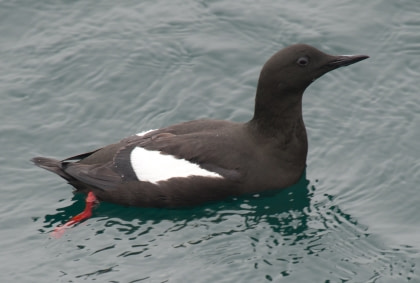
Black Guillemot
Wildlife
These distinguished puffin relatives have a keen eye for decorum, matching their feathers to the landscape and holding fish in their beaks
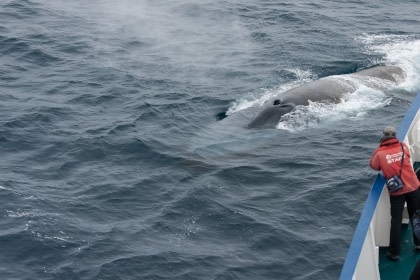
Blue Whale
Wildlife
The largest-known creatures the Earth has ever produced have lifespans comparable to ours, though not hearts: Theirs can outweigh most vehicles
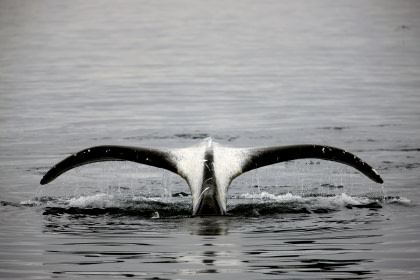
Bowhead Whale
Wildlife
Reputed to have one of the longest lifespans of any animal on the planet, these sages of the sea also have the largest mouths – if only they could speak
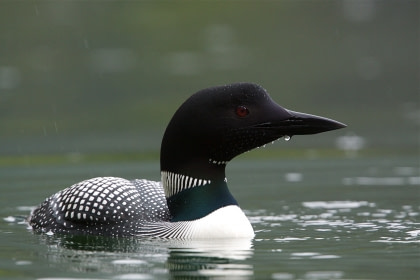
Common Loon
Wildlife
Thought to be the oldest bird species on the planet, these fiercely devoted parents have been commemorated on the Canadian dollar coin
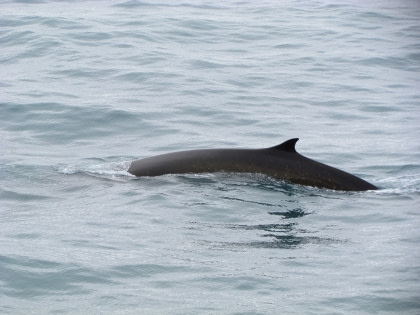
Fin Whale
Wildlife
Akin to their blue whale relatives both in size and the low frequency of their song, these "razorbacks" have asymmetrically colored faces thought to help them while hunting
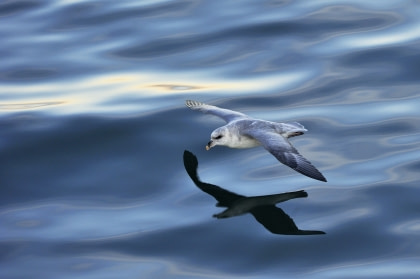
Fulmar
Wildlife
The Norse used to call them "foul ghouls" for their pungent-smelling stomach oil, but this evolutionary trait is both a defensive tactice and mid-flight energy source
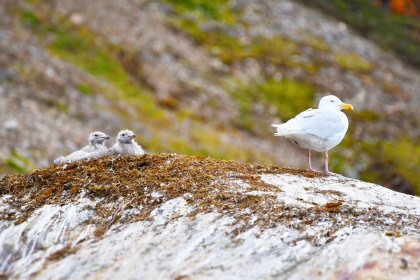
Glaucous Gull
Wildlife
Estos afilados carroñeros no sólo se cuentan entre los más grandes de su especie, sino que también son bastante peleones cuando se trata de llenar el buche
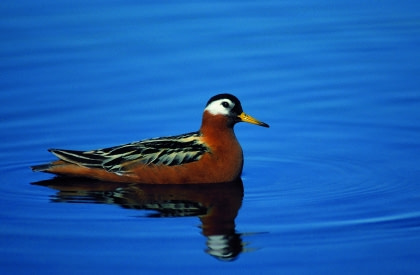
Grey Phalarope
Wildlife
A wader most of the year but an ocean resident in winter, these hygienic birds have the waste-not-want-not habit of eating lice off the backs of whales
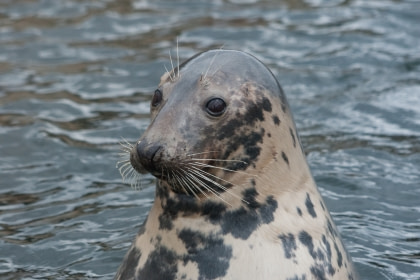
Grey Seal
Wildlife
Bearing the less-than-noble nickname "hook-nosed sea pig," these sleek swimmers were once close to extinction in the US and are now protected under American law
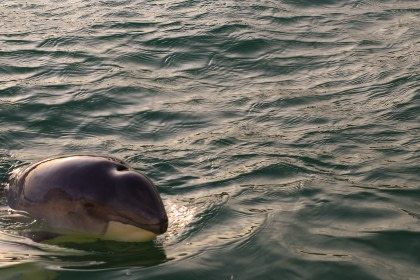
Harbour Porpoise
Wildlife
Known to medieval literates as "pig fish," these adventurous mammals sometimes swim far upriver and away from their homes at sea
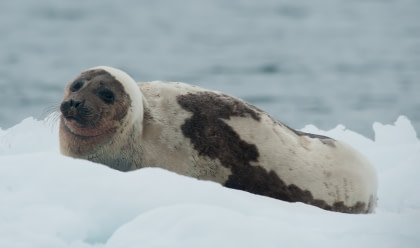
Harp Seal
Wildlife
These "saddlebacks" are historically known as true ice enthusiasts, visiting the land mainly for breeding and spending the bulk of their lives at sea
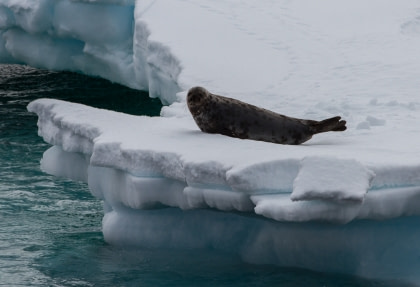
Hooded Seal
Wildlife
Named for their hooded nasal cavities, these territorial pinnipeds tend to defend their homes more forcefully than others of their family
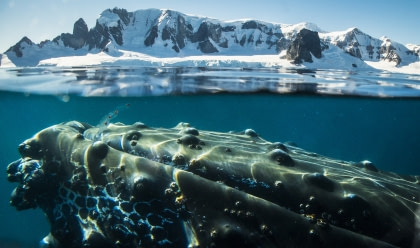
Humpback Whale
Wildlife
Also known as "great-winged newfoundlanders" for their wing-like flippers, these cetaceans earned their more contemporary name by the way they bow their backs before a dive
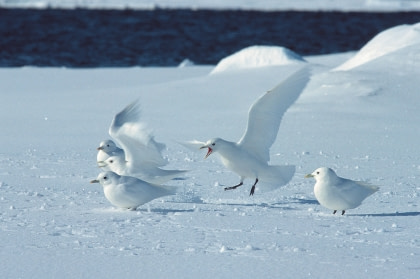
Ivory Gull
Wildlife
These "lovers of sea ice" have been dwindling since the 1980s, though whether this is due to relocation or approaching extinction is unknown
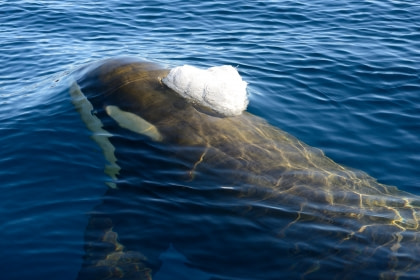
Killer Whale
Wildlife
Technically a kind of dolphin, orcas were once thought to appear as whales in the summer and wolves in the winter
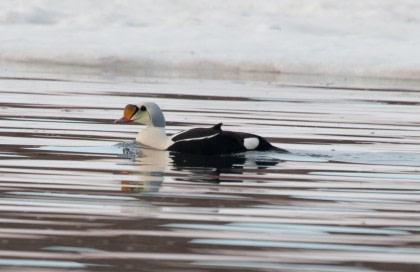
King Eider
Wildlife
These are one of the largest sea ducks in the Northern Hemisphere, though their weight can vary considerably – especially among females, who rarely feed during incubation
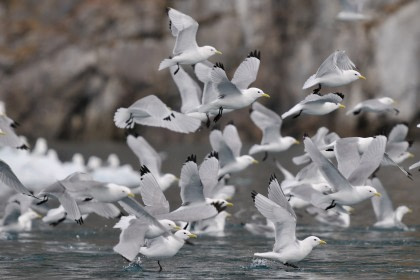
Kittiwake
Wildlife
Named for their own bird call, these cliff-nesting "three-toes" are the most abundant gulls on the planet
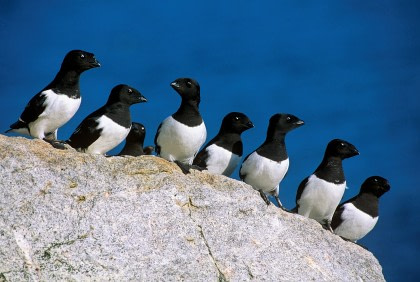
Little Auk
Wildlife
The most numerous bird in the Svalbard archipelago, these fast-growing "sea doves" have colonies that sometimes number in the millions
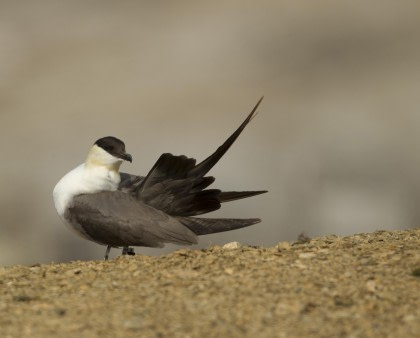
Long-tailed Jaeger
Wildlife
These smallest members of the skua family make up in nerve what they lack in size, often feeding themselves on fish they've caused other birds to drop
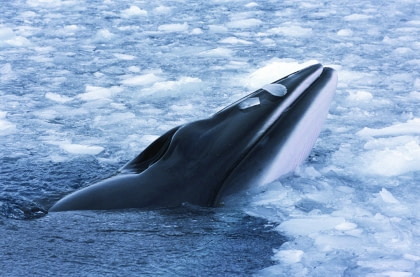
Minke Whale
Wildlife
Though the smallest of the fin whales, these migrating mammals can let out a cry as loud as a plane taking off
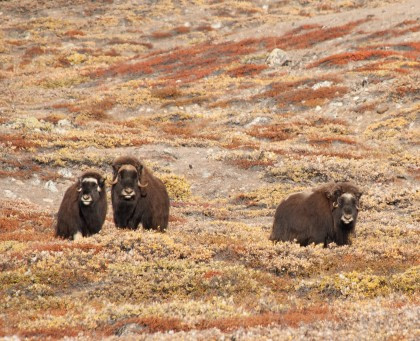
Musk Ox
Wildlife
Among the few hooved animals to survive the last ice age, these goat-like creatures have an underlayer of fur that is one of the world's warmest natural fibers
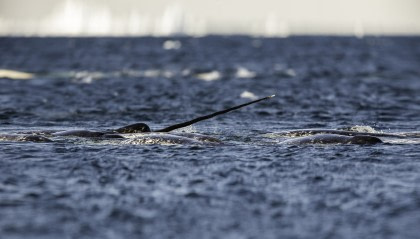
Narwhal
Wildlife
Horned on the head with what is in fact a large canine tooth, these beluga relatives were named for their cadaverous color
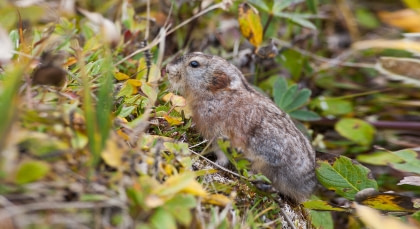
Nearctic Collared Lemming
Wildlife
These small-scale members of the Arctic family not only design their living quarters to perfection, they're the only polar rodent to custom-fit their fur color to the snowfall
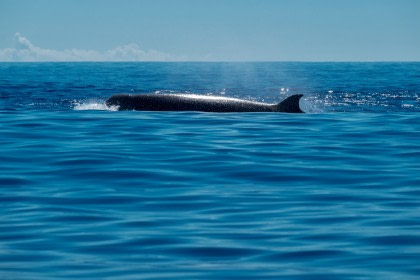
North Atlantic Bottlenose Whale
Wildlife
These naturally friendly whales, heavily hunted in the early 1900s due to their trusting disposition, are among the deepest-diving mammals in the world
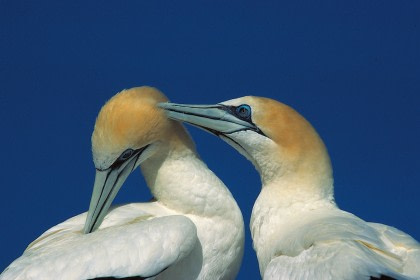
Northern Gannet
Wildlife
Known for their voracious appetites, these Arctic birds have so much trouble walking that they take off better from the water than the land
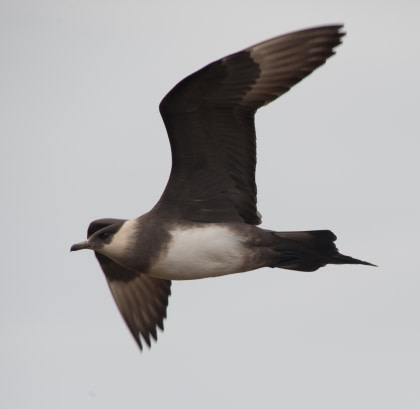
Parasitic Jaeger
Wildlife
These far-ranging fliers are known for their love of (and skill for) thievery, pilfering most of their winter migration diet
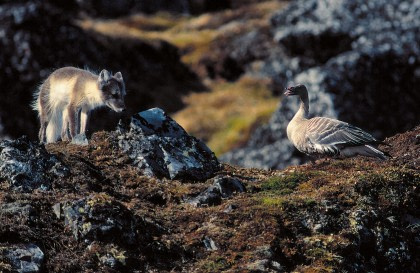
Pink-footed Goose
Wildlife
The most common type of goose in Svalbard, these soil grubbers release sizable carbon emissions through their digging
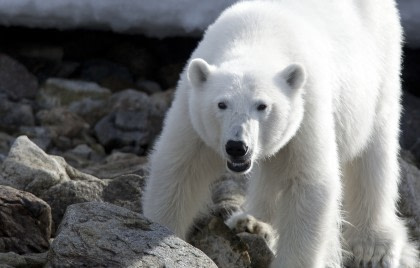
Polar Bear
Wildlife
Awe-inspiring icons of the circumpolar north, polar bears are majestic to behold, terrifying to confront, and as essential to the Arctic as ice and snow
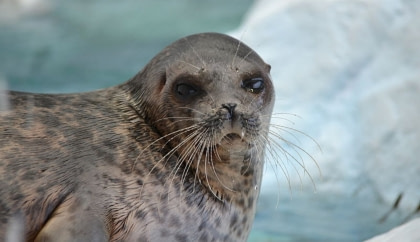
Ringed Seal
Wildlife
These are the most populous seals in the Arctic, and though also the smallest are capable of boring through ice sheets thicker than their bodies are long
